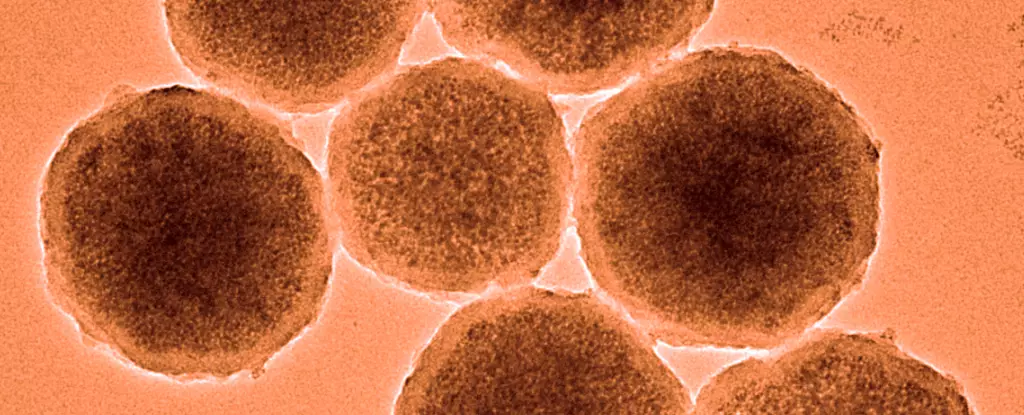In the face of emergency medical situations, especially those involving life-threatening brain aneurysms, the urgency for innovative solutions cannot be overstated. Recent advancements in nanotechnology have birthed a promising development: tiny spherical nanobots that are capable of addressing such critical medical emergencies with remarkable precision. This innovation springs from the collaborative efforts of an international research team, notably clinicians from Shanghai Jiao Tong University and the University of Edinburgh. The aim? To save countless lives by preventing devastating outcomes that can occur from aneurysms.
The potential of these nanobots lies not just in their size—merely 300 nanometers in diameter—but also in their groundbreaking method of operation. The device’s intricate design allows it to navigate through the complex anatomy of the human body, targeting sites that are perilous to reach with conventional methods. This novel approach could ultimately change how we think about surgical interventions and drug delivery mechanisms in emergency medicine.
At the core of the nanobot’s functionality is a magnetite core coated with thrombin, a crucial clotting agent, enveloped in a shell designed to dissolve at human body temperature. This sophisticated architecture not only ensures the safe transit of the nanobots through the bloodstream but also enables precise control over drug release. Under the influence of a magnetic field, these nanobots are guided through blood vessels to the exact location of an aneurysm. Once positioned, an alternating magnetic field activates the melting of their protective coating, triggering a clotting cascade that can prevent an impending rupture.
This level of targeted drug delivery is a significant advancement compared to traditional options, which often involve more invasive surgical procedures or systemic drug administration with potential side effects. Through this method, healthcare professionals can mitigate risks associated with manual interventions while delivering treatment directly at the point of need.
The research team conducted a series of trials wherein they assessed various parameters, including clotting effectiveness, degradation resistance, and the nanobots’ behavior in a biological environment. Remarkably, results indicated successful clot formation without any adverse reactions, such as inflammation, suggesting that the technology holds promise for safe human applications. Such findings are critical as the potential spectrum of application expands beyond just aneurysms to other medical emergencies.
The prevalence of brain aneurysms is concerning, affecting approximately 3% of the global population. While only a fraction will rupture, the severe implications of such events—often resulting in debilitating strokes or fatalities—underscore the urgent need for effective interventions. Conventional treatments can carry significant risks; thus, integrating the use of nanobots as a minimally invasive alternative could revolutionize how these conditions are managed.
Despite the promising results, challenges remain before this technology can be utilized in clinical settings. Chief among these is the navigation of nanobots deeper into the human body, as existing magnetic fields may not reach all necessary areas. Overcoming these obstacles necessitates further innovations in magnetic steering and possibly new designs that enhance the mobility of these microscopic robots.
Moreover, achieving regulatory approval for human trials is another significant hurdle that entails demonstrating both safety and efficacy consistently. As research progresses, it will be vital to evaluate long-term outcomes and potential impacts on different demographics.
The advent of spherical nanobots as a therapeutic strategy for treating brain aneurysms offers a glimpse into a future where medical emergencies are met with quicker, safer interventions. With their ability to deliver precise doses directly at the site of need, these tiny robots stand at the forefront of a new frontier in medical technology. As the research continues and challenges are addressed, we may one day see the routine use of nanobots in hospitals, marking a definitive shift in emergency medical care—a transition from traditional approaches to a state-of-the-art, patient-centered methodology that prioritizes speed and safety.

